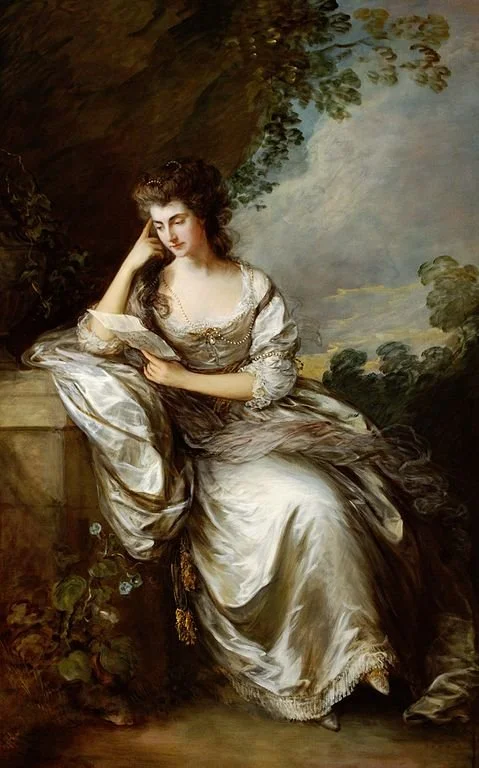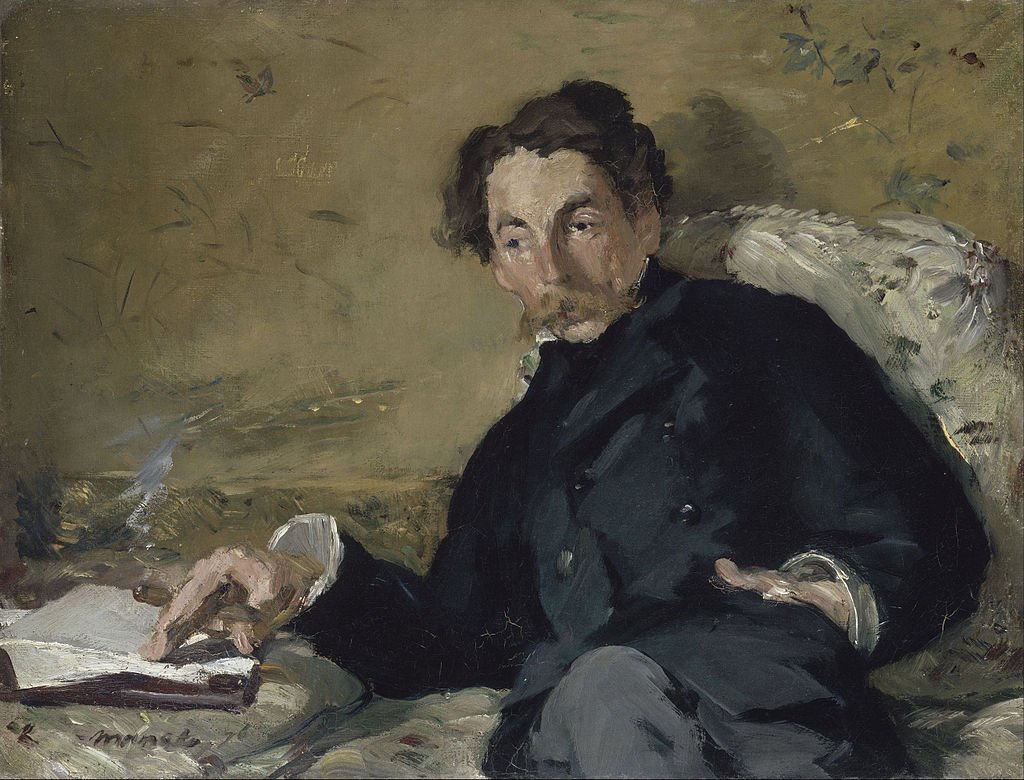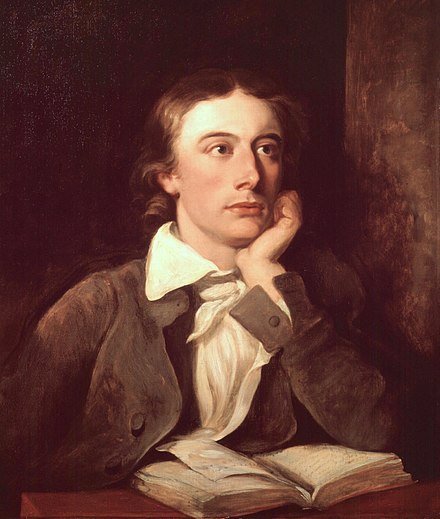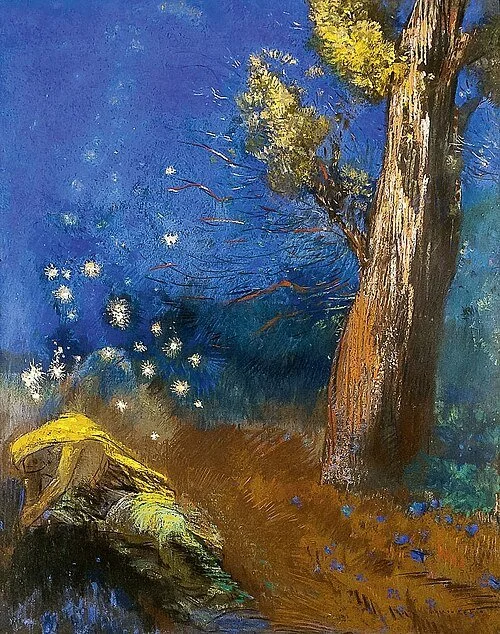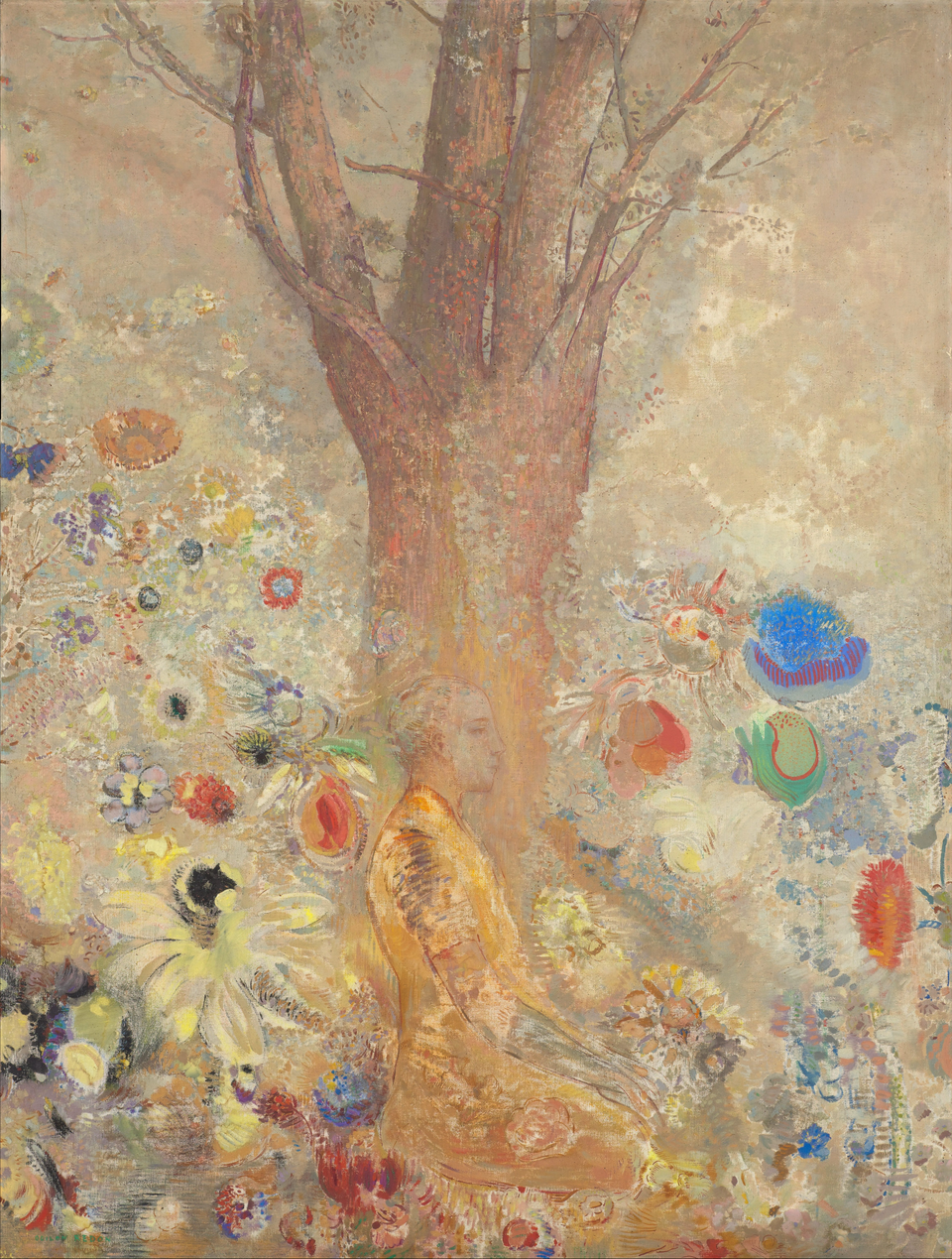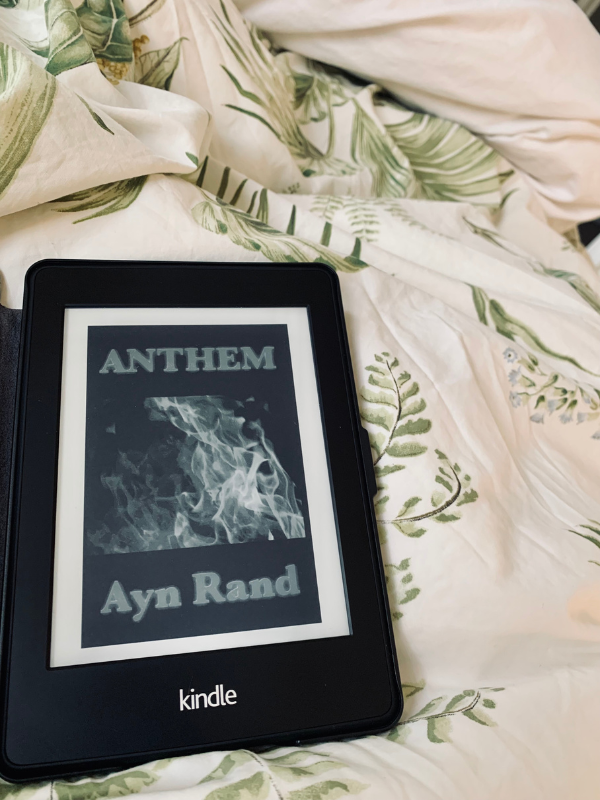Gustave Flaubert and the realist novel
Gustave Flaubert (1821 - 1880) was a French novelist who played a pivotal role in establishing fiction as a serious, respected genre. At the time, poetry was the predominant literary form and prose was considered inferior—until Flaubert’s novel Madame Bovary was published in 1856.
“Ever since Madame Bovary, the art of the novel has been considered equal to the art of poetry, and the novelist (any novelist worthy of the name) endows every word of his prose with the uniqueness of the word in a poem.” — Milan Kundera in an author’s note for his first novel The Joke
Madame Bovary was also extremely controversial, with the French government putting Flaubert on trial for publishing work that was an “offense to public and religious morality and to good morals.” But what could be so dangerous about a novel depicting the everyday life of a provincial doctor and his wife? Ironically, its unflinching and unprecedented realism was what shocked readers.
Lauded as the first masterpiece of realism, Madame Bovary forever altered the course of literature—and deeply influenced famous writers like Marcel Proust, Franz Kafka, and James Joyce. More than 150 years later, Madame Bovary remains foundational, offering an unflinching look at ordinary life and influencing generations of writers.
Flaubert’s rejection of romanticism
Prior to Madame Bovary, Flaubert had written drafts of two novels, which early feedback from trusted literary friends deemed horrible—they were too long and full of overwrought, flowery language.
It’s easy to see where this came from, since Romanticism was gaining traction across Europe in the late 18th to mid-19th centuries—with artists, thinkers, writers, and musicians shifting away from order and rationality in favor of emotion, expression, and idealism.
To this end, Flaubert took great lengths to work counter to and even poke fun at Romanticism—like in the following passage, where Madame Bovary’s idealized notions come across as ridiculous:
“Meanwhile, acting upon theories that she believed to be sound, she kept trying to experience love. By moonlight, in the garden, she would recite all the passionate rhymes she knew by heart and would sing melancholy songs to him, with a sigh; but she would find that she was as calm afterward as she had been before.”
On a stylistic level, Flaubert took great pains to keep his prose as sparse and precise as possible. He even wrote around 4,500 pages for Madame Bovary but only ended up using around 300 after significant revision.
This is part of what gave the novel and genre stature—the painstaking attention to every word, something Flaubert highlighted in a letter to a friend:
“A good sentence in prose should be like a good line in poetry, unchangeable, as rhythmic, as sonorous.”
The realist novel and Flaubert’s narrative style
To rid himself of his Romanticist tendencies, Flaubert deliberately sought out the mundane, everyday as his novel’s subject: the French countryside. He drew inspiration from stories in local newspapers and settings from his hometown Rouen.
The result of this was a heavily realistic novel—one of the first of its kind—and well-captured by Lydia Davis in the preface to her English translation of Madame Bovary:
“It depicted the lives of its characters objectively, without idealizing, without romanticizing, and without intent to instruct or draw a moral lesson.”
The most impressive aspect of the novel is its innovative and masterful narration. Flaubert used narrative techniques that would become central to modernism, like free indirect discourse, which blends the narrator’s voice with a character’s inner thoughts.
He also used shifting narrative focus, which keeps readers unsettled and invites them to observe characters from multiple perspectives.
***
For a brief interlude…check out these articles for more insights + subscribe to my newsletter:
The ultimate anti-heroine
A key aspect of Madame Bovary is that you don’t really know who to root for because all of the characters are deeply unlikeable. They’re not virtuous or inspiring but are riddled with faults, which we get a front-row seat to—like with Madame Bovary’s husband:
“Charles’s conversation was as flat as a sidewalk, and everyone’s ideas filed along it in their ordinary clothes, exciting no emotion, no laughter, no reverie. He had never been curious [...] He did not know how to swim, or fence, or fire a pistol.”
In fact, all of the main characters are so unlikeable that I felt no real emotion or sympathy for any of them, especially the protagonist Madame Bovary. Any perceived virtues Madame Bovary have prove to be her downfall.
For instance, she spends hours reading novels that fill her mind with ideals and make her hate ordinary life, and she chases habits and luxuries she can’t afford purely for fashion’s sake. Yet, this was both by design and a characteristic of realism. As Davis notes:
“Flaubert chose to create characters who are less than admirable and treat them with ironic objectivity.”
But this is what I take issue with. The novel can’t truly be considered realism because of this. Yes there are bad seeds and dull, deeply flawed individuals, but they also have moments of goodness and virtue. Choosing to exclude them entirely is unrealistic.
Is Madame Bovary worth reading?
While Madame Bovary has its strengths and intrigues, I found it difficult to read a story with no one to root for and no broader message or moral to take away.
It depends on what you’re looking to get out of a book, but I wouldn’t recommend Madame Bovary for leisure reading. I would, however, recommend it for literary value because it’s foundational; you can see how it directly influenced writers like Proust and Joyce, and how it pushed the boundaries of techniques like free indirect discourse.
Tip: If you’re interested in reading Madame Bovary in English, I recommend the Lydia Davis translation. She’s a poet, and Flaubert labored over every single word in the novel—which only a poet can truly appreciate and convey.
If you liked this post, check out these:
Jane Austen and the era of virtue and vice



